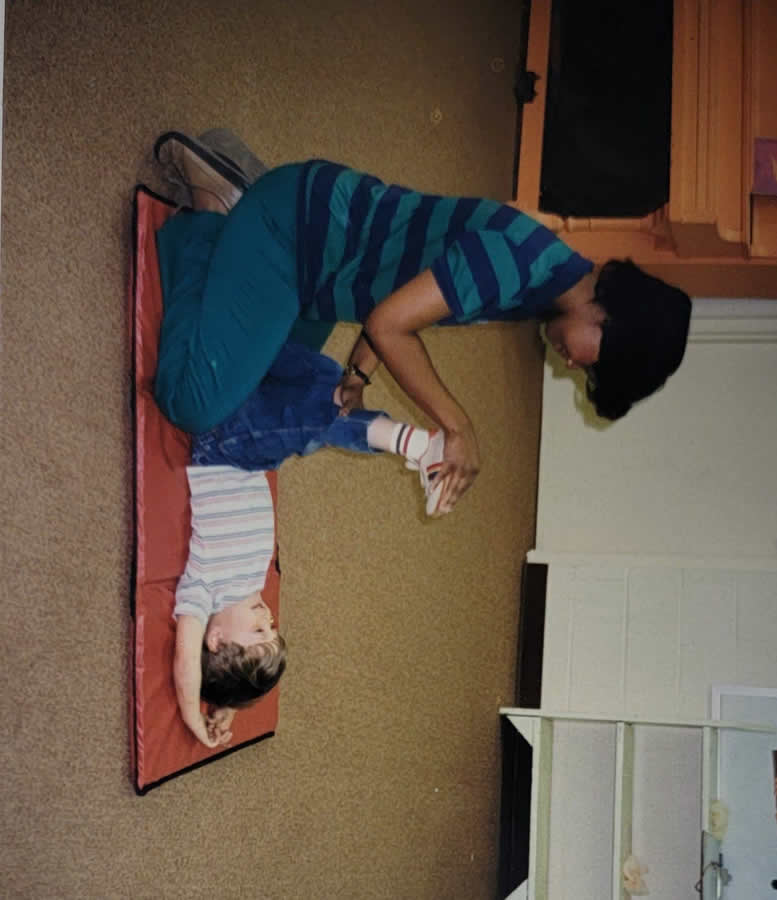Six Ways for Retailers To Get Ahead of a Recession
A recession is coming to an economy near you – and it promises to be painful, with spiking inflation adding to the misery. Even before war broke out in Ukraine, inflation rose sharply as the world adjusted to life after the COVID-19 pandemic. The recent crisis has sent food and energy prices even higher. Consumers’ purchasing power is rapidly eroding, with more problems ahead as central banks raise interest rates to fight the price rises.
No wonder the International Monetary Fund has downgraded its forecasts for global economic growth this year – it thinks the world economy will expand by just 3.2% during 2022, down from 6.1% last year. Economists are particularly gloomy about the prospects for developed countries, warning of an outright downturn in countries including the U.S., UK, and Germany.
The impact on the retail sector is inevitable. Cash-strapped consumers spend less money – decreasing revenues for retailers and product providers. This will be even tougher to cope with, given the high input costs the industry currently faces caused by raw material and energy inflation.
However, there are ways for your brand to get ahead of a recession. Here are six strategies that could pay dividends as the …
 1981: Faye Pryor and her partners from Willowbrook
1981: Faye Pryor and her partners from Willowbrook
 Faye Pryor practicing physical therapy in the 1980’s
Faye Pryor practicing physical therapy in the 1980’s
 Faye Pryor practicing physical therapy in the 1980’s
Faye Pryor practicing physical therapy in the 1980’s

 Javier Chávez, Jr., JD/MBA , Founder and President
Javier Chávez, Jr., JD/MBA , Founder and President


